Sala10: Marwa Arsanios
virtual exhibition
Who Is Afraid of Ideology? Part 4, Reverse Shot
This film forms part of a series of videos by Marwa Arsanios that open up collective reflections about alternative forms of knowledge production and resistance to colonial, ecological and gender violence. This piece interrogates how we can reinvent our relationship with the land by moving from a propertarian to a communal logic and, above all, how to go beyond the anthropocentric horizon in our propertarian relationship in order to incorporate the perspective of the land itself as an autonomous being. With this series, the artist explores the potential of uniting the creation of autonomous zones with practices of communitarian and ecological care.
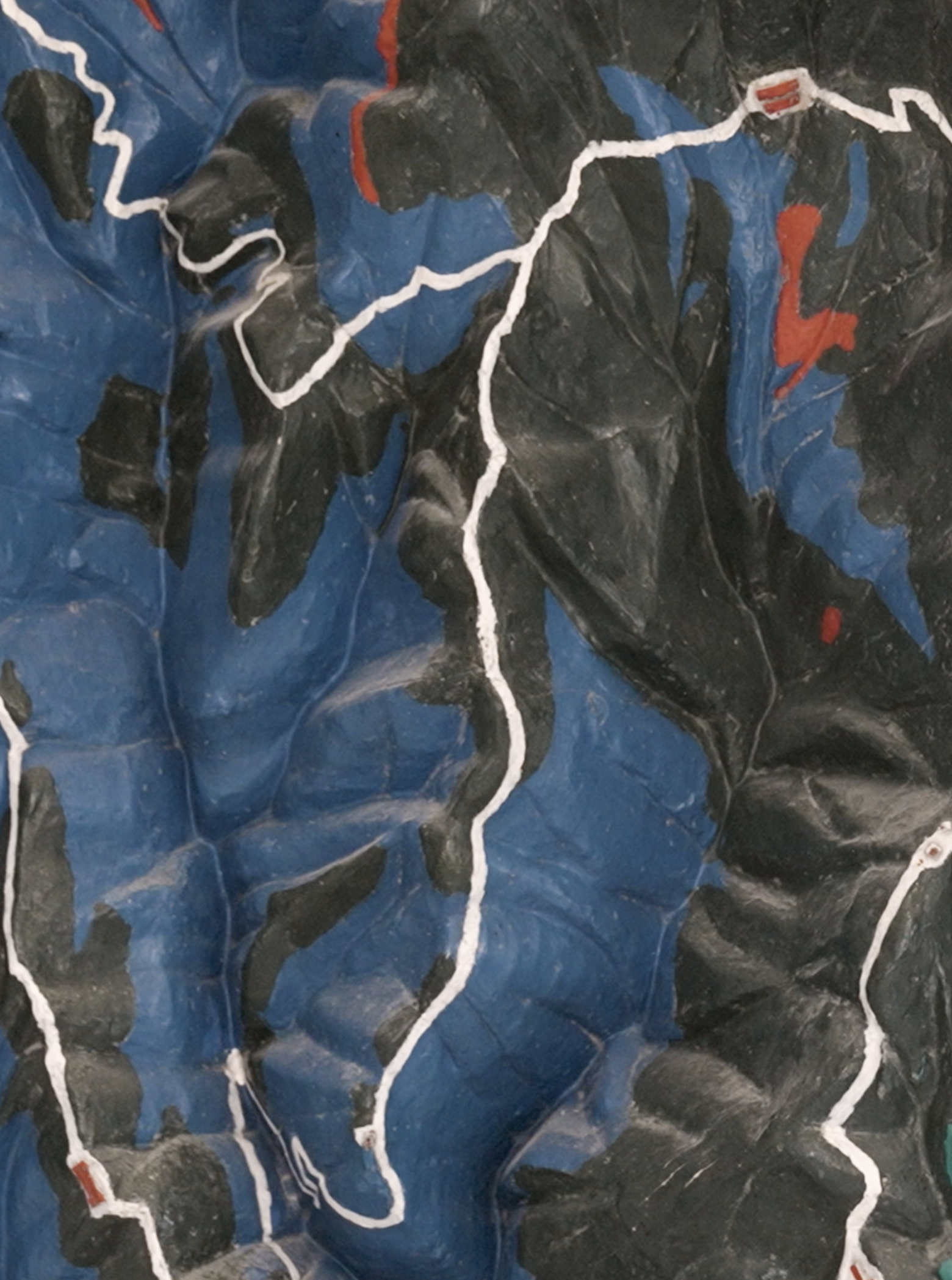
Right of Reply
Arsanios studies the ecofeminist survival practices that different communities have developed in distinct places under varied conditions, always in relation to their territory. In recent years, the artist has traveled to northern Syria, Lebanon and Colombia to work with different communities in resistance: in Kurdistan, she documented the struggle of an ecological settlement founded by women and the fight of the pro-independence activists and in Colombia she worked with an Indigenous agricultural community. In these actions, the alliance with the land is vital. In the fourth entry in the series, Arsanios puts into motion an exercise of reciprocity with the land itself by asking it what it wants. With this intention, the scale shifts and the shot cuts in order to attempt to give the land the right of reply. In cinematographic terms, this is a reverse shot, giving the piece its title. The grammar of shot-reverse shot, which consists of taking two consecutive and opposed shots, one after another, is the most commonly used structure for filming a conversation.
Through these mechanisms, the land appears as a fourth community in resistance. Nevertheless, Arsanios acknowledges that this strategy has opened up an ethical trap for her. How does one represent something without appropriating it? How does one acknowledge the land as a subject of enunciation without fetishizing it or anthropomorphizing it? How does one navigate the minefield of language? Such issues accentuate the obligatory question of our times: What is the preferred pronoun?
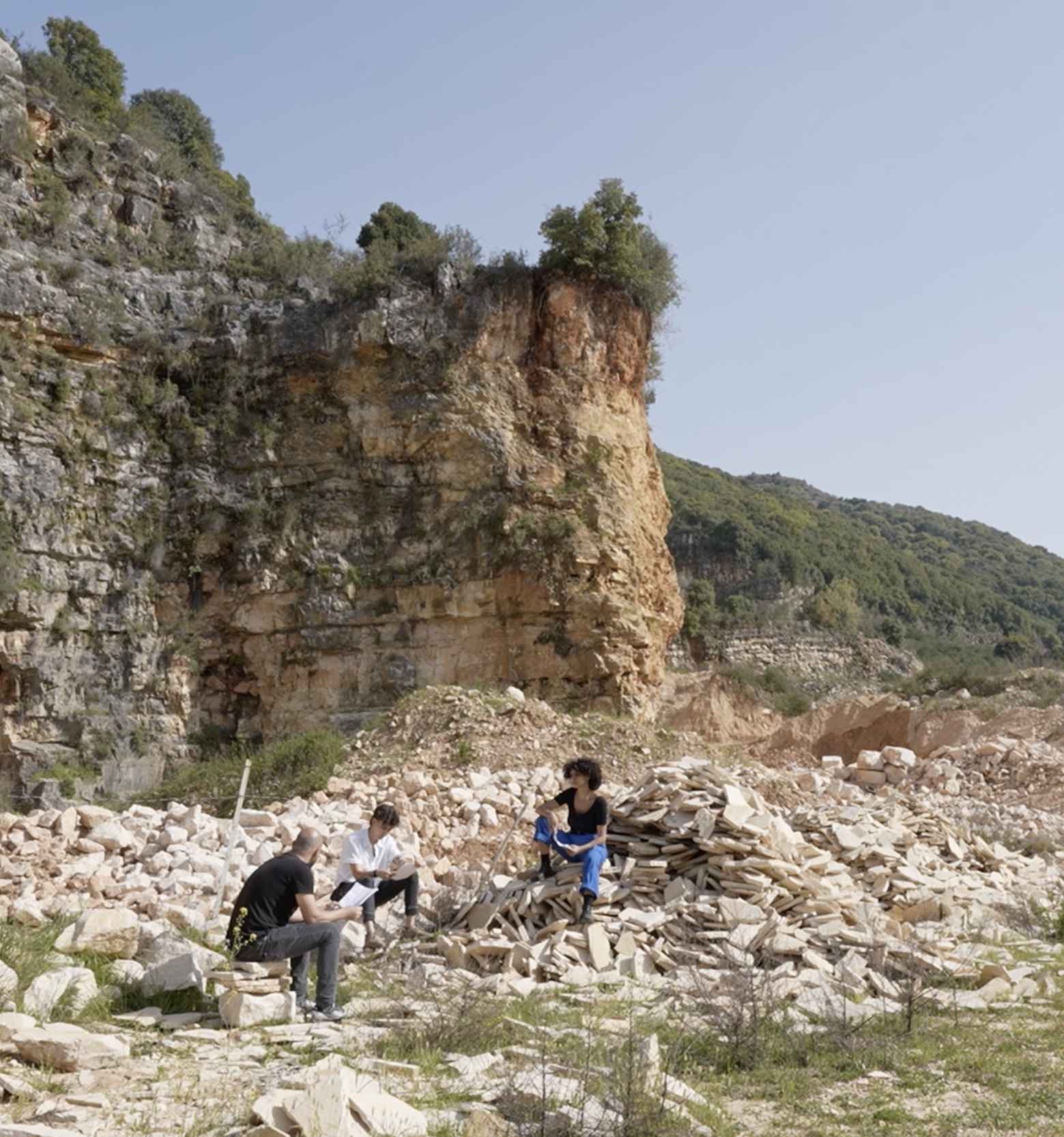
In English, Arsanios uses the pronoun it to refer to the land, which has no equivalent in Spanish not only because we haven’t escaped from the gender binary in our tongue, but also because there’s no pronoun used for things. Instead, in Spanish and Arabic, the word for land has been assigned female. This is not an arbitrary intuition. The intersections between the body/woman and the land are many under the patriarchal system, as both are subjects of expropriation and exploitation lacking the right of reply. Many collectives of women have found a way of separating themselves from systematic patriarchal violences through an alliance with the land. In the words of the collective Mujeres de la Tierra [1] in Milpa Alta, their task consists of “defending the territory/body and the territory/land.” Yet this alliance is not free from dangers. Over the past decade, around 1800 environmental activists have been assassinated, of whom 68% were from Latin America. Mexico is the country with the most lethal attacks against activists.[2]
Of course, it’s not about getting bogged down in issues of pronouns that only concern beings who pass through Lacan’s mirror stage and live in the illusion of being unique individuals instead of an ecosystem for bacteria. Nevertheless, being who we are, we are unable to escape from the problem of seeking a common language.

Much has already been written on how capitalism never would have been possible without the enclosure of the land and the creation of a rural proletariat, that is, a landless workforce. The nation-state knows that it depends on this alienation. Dilar Dirik, one of the Kurdish activists that Marwa Arsanios has interviewed over the course of her research, clearly expresses the reason why environmentalists represent such a threat that they must be fought with extreme violence:
“Destroying nature is part of a policy of assimilation on the part of the dominant nation-states. The less people are aware of their link with nature, the more likely they are to become liberal individuals, with loyalty only to the state [...] The state is actively trying to destroy that because the state is very well aware of the connection between humans and nature. The state knows that in order for it to be legitimized and justified, it needs to break this link between humans and nature.”[3]
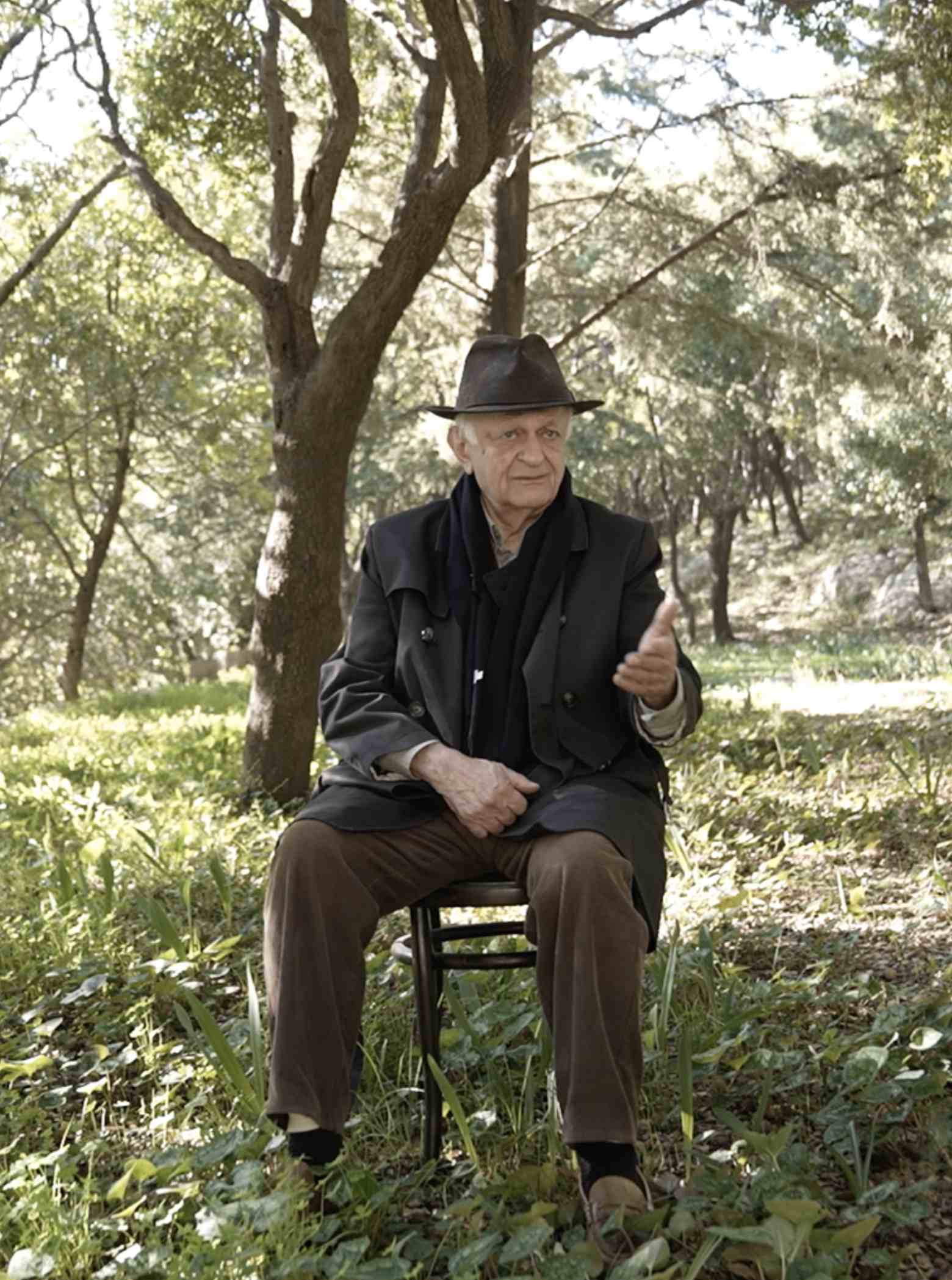
In her script, Arsanios imagines the land’s principal demand to be the abolition not just of private property, but of property as such. In its place, she proposes an intimate, communitarian relationship, without power hierarchies and with a use free of any notion of property. This is the next step in the evolution of the Zapatista slogan “Land to the tiller.” With this movement, land would no longer be a subject of appropriation.
The human animals that participate in the video invoke different antecedents of communal land relationships, such as the Ottoman Mashaa.[4] In their conversations, there appear legal, historical, religious, philosophical and epistemological arguments that could support a change in order: the terrains in which the body/woman remains in dispute. But Arsanios intuitively understands that the enunciation of the land has another logic, scale and temporality. The narrative of the discourse of non-property is interrupted by some stones that bump up against others, that vibrate and tremble. “The revolution will be tectonic,” they declare. A reverse shot gives life to fungi—with a mycelian allusion—but this time Arsanios isn’t interested in the language of the conservation of life, but in that of rupture and rift. The temporality of this language crosses geological eras and fossils remind us of when the land lay beneath the open sea, free of our ambitions.
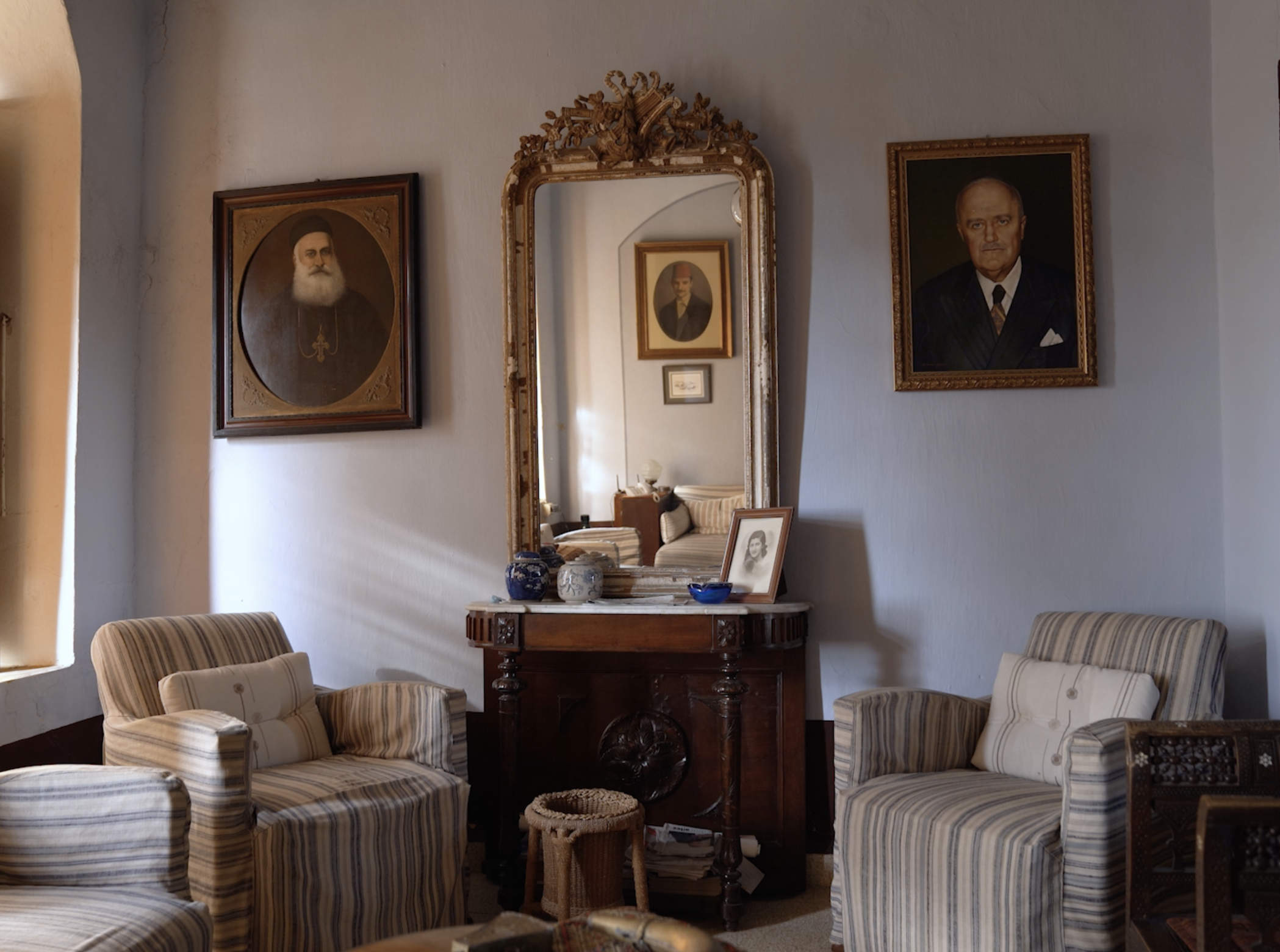
Arsanios offers our temporal limitations an incentive to interpret this millenarian choreography, unafraid of ideology. At the end of her video, she shows us the image of a body/land territory that has separated itself and flies off. Finally, it is autonomous and free. It goes beyond our horizon where imagining a world without private property is effectively equivalent to defying gravity. This is not an ideological argument, but an undisputable movement. The rift has the last word.
Alejandra Labastida
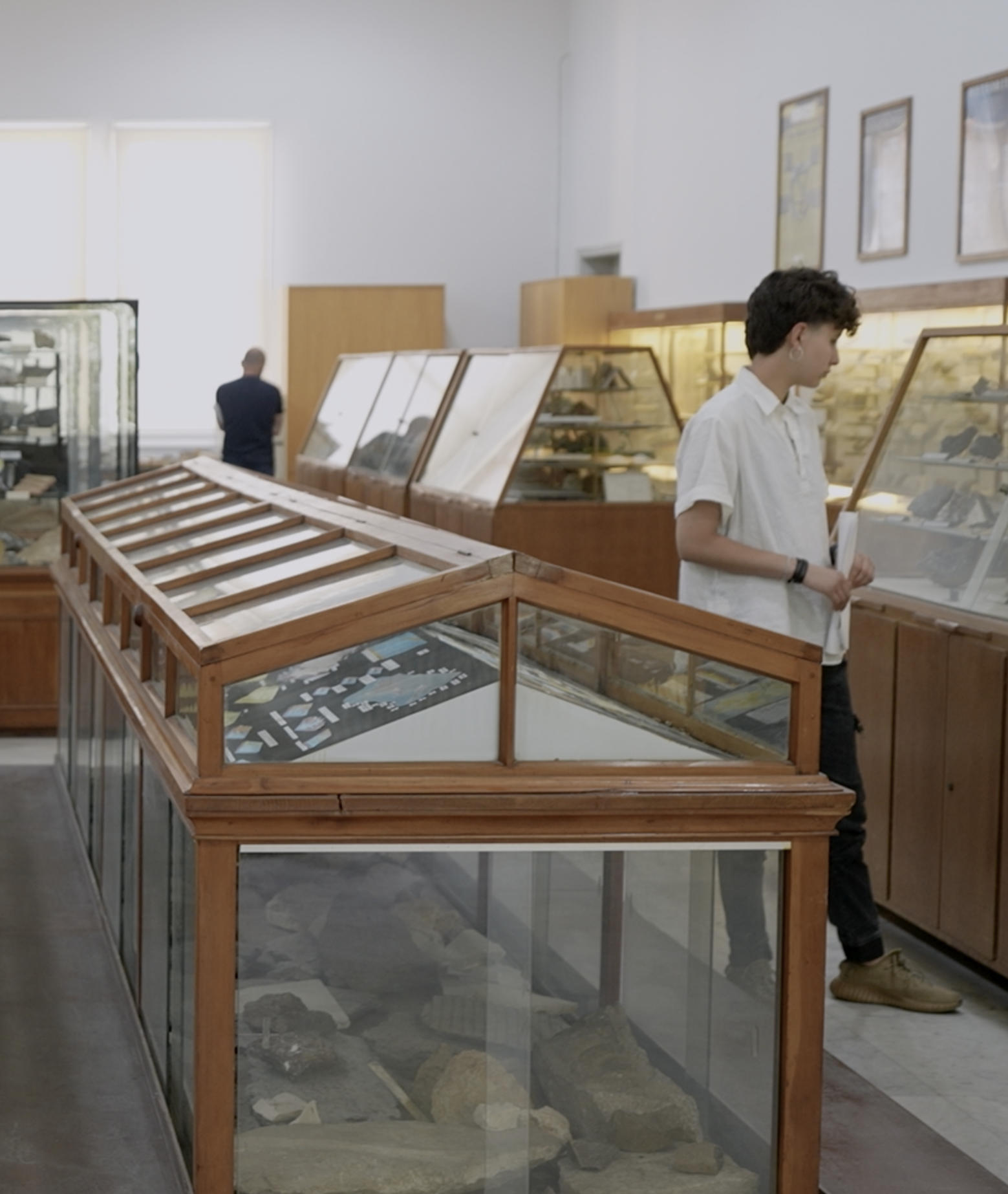
1 https://www.instagram.com/mujer_esdelatierra/
2 Thelma Gómez Durán, “Década mortal: el 68% de los asesinatos de defensores ambientales en los últimos 10 años se ha registrado en Latinoamérica,” Mongabay, September 29, 2022. Available at: https://es.mongabay.com/2022/09/68-por-ciento-de-los-asesinatos-de-defensores-ambientales-en-los-ultimos-10-anos-se-ha-registrado-en-latinoamerica/
3 Marwa Arsanios, “Who’s Afraid of Ideology? Ecofeminist Practices Between Internationalism and Globalism,” e-flux Journal, September 2018. Available at: https://www.e-flux.com/journal/93/215118/who-s-afraid-of-ideology-ecofeminist-practices-between-internationalism-and-globalism/
4 Under the Ottoman Empire, there was a legal figure known as Mashaa: communal lands tilled by collectives that didn’t have property rights over them, only usage rights.
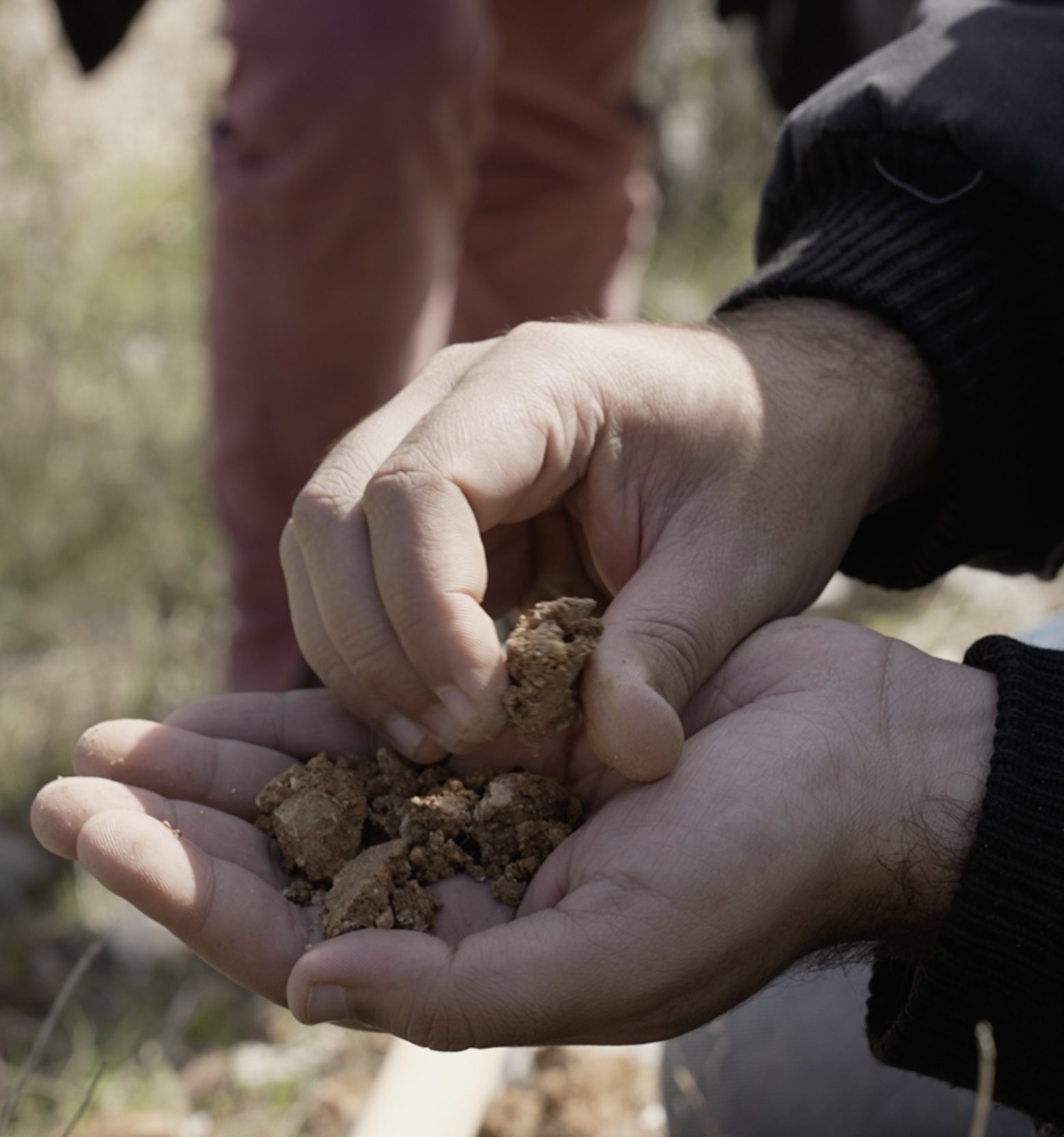
Towards Food Sovereignty.
A Conversation Between Marwa Arsanios and María Estela Barco
This conversation was held by videocall on April 15, 2023. This text is an extract that was edited for ease of reading. The full video in Spanish can be viewed at: https://youtu.be/s3kCg12aST0
Marwa Arsanios (MA): Can you begin by describing the work of DESMI (Desarrollo Económico y Social de los Mexicanos Indígenas)? And more specifically your work with seeds?
María Estela Barco (MEB): DESMI is based in the state of Chiapas, in southern Mexico. Our current work is focused on what we call food sovereignty, that is, the recovery and strengthening of the food systems of Indigenous and peasant communities. [...]
COMPLETE TEXT HERE
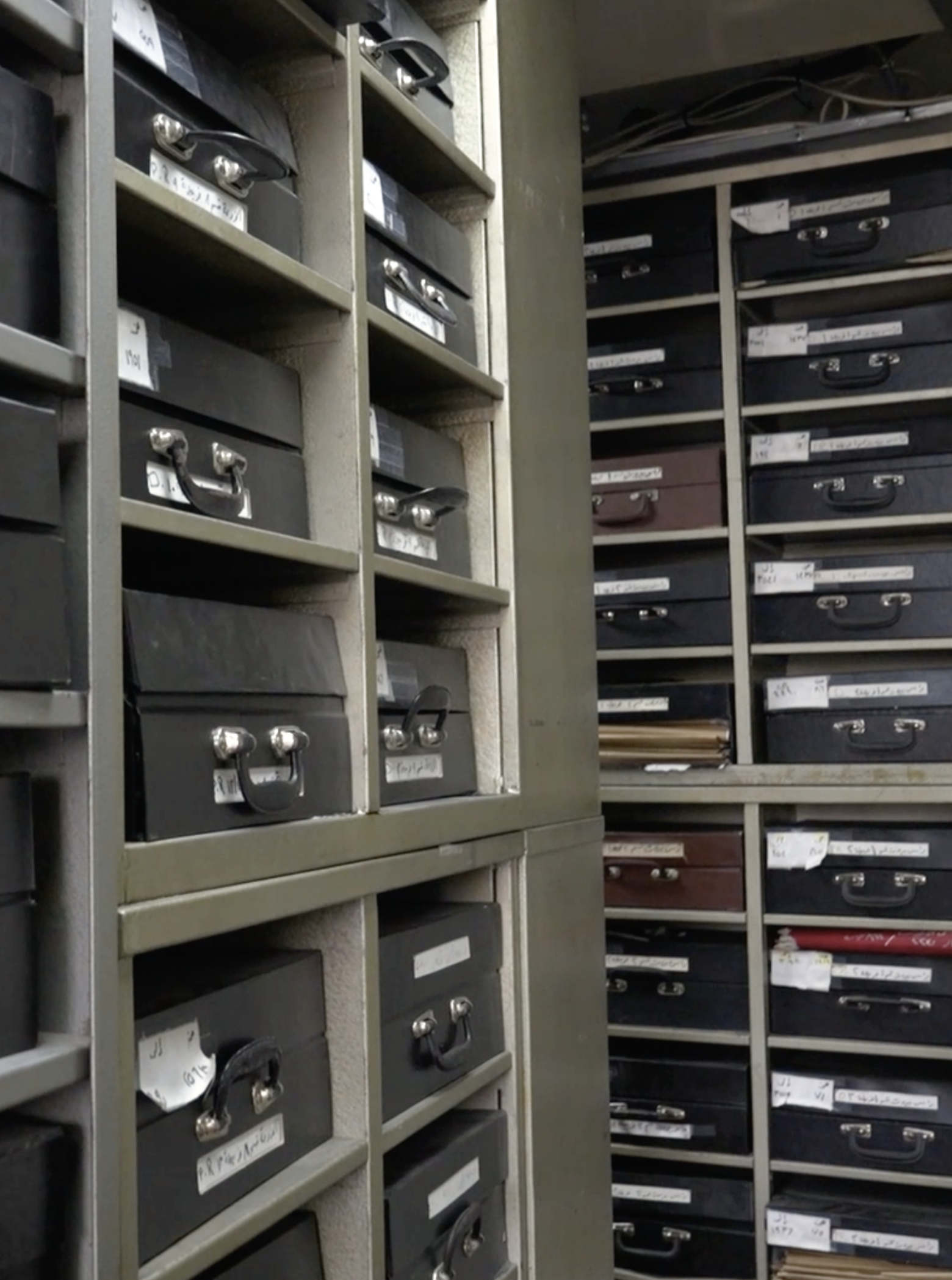
Marwa Arsanios
Who Is Afraid of Ideology? Part 4, Reverse Shot
Video with color, 35’
Courtesy of Mor Charpentier
Marwa Arsanios (Washington, DC, 1978; lives and works in Berlín)
She is an artist, filmmaker and researcher. Her work can take the form of installation, performance and moving image. She reconsiders the political development of the second half of the twentieth century, focusing on gender relations, collectivism, urbanism and industrialization. Her research work includes many disciplines and is deployed in numerous collaborative projects. Several solo exhibitions and group exhibitions have been dedicated to her work, including: Mosaïc Rooms, London (2022); 5th Mardin Bienali (2022); Documenta 15, Kassel (2022); Contemporary Arts Center, Cincinnati (2021); 3rd Autostrada Biennale, Pristina (2021); Kunsthalle Münster (2021). Her films have been screened at Cinéma du Réel, Paris (2021); Rotterdam Film Festival (2021); EMAF, Osnabrück (2021).
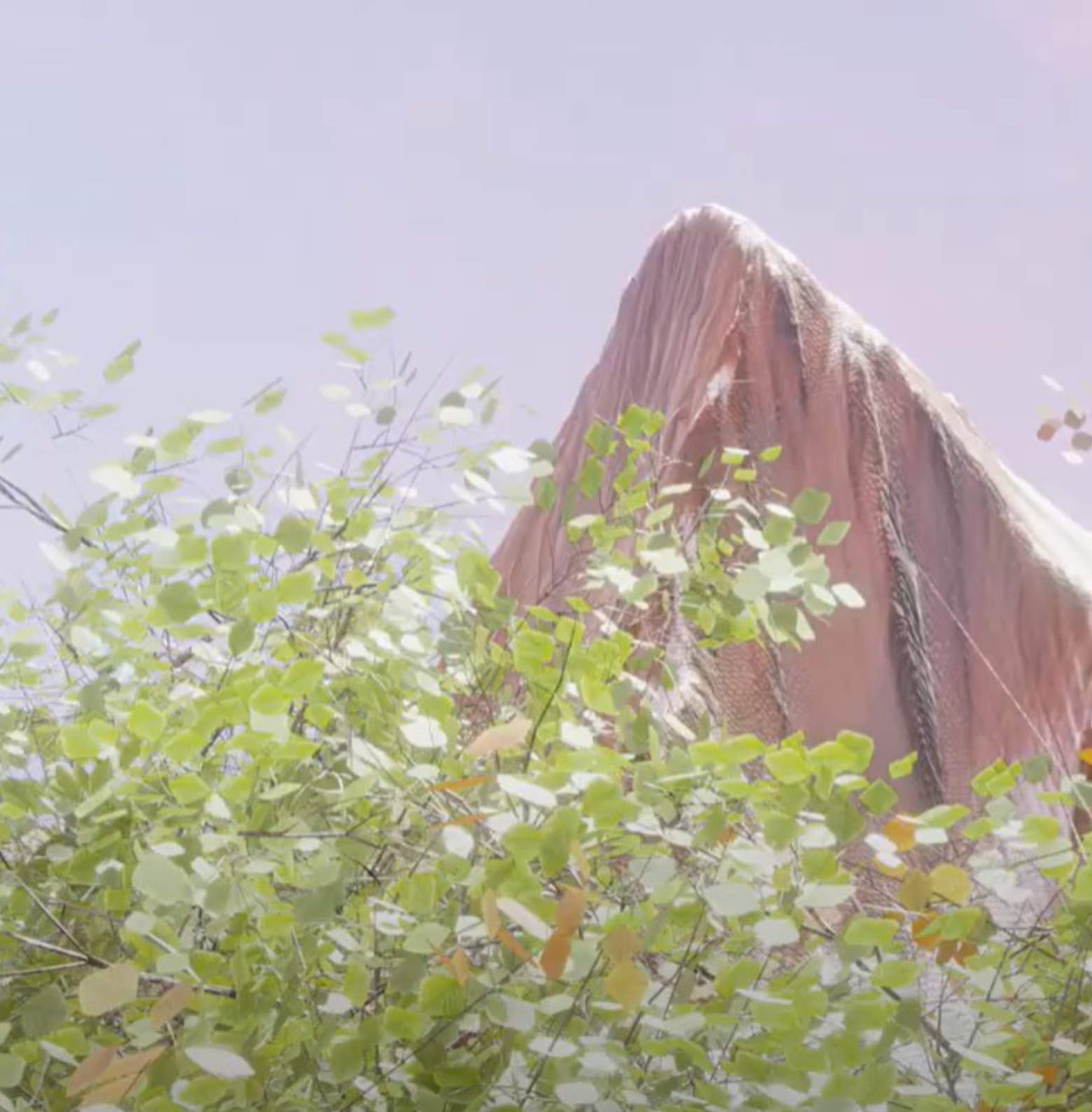
Curatorship: Alejandra Labastida
Texts: Marwa Arsanios, María Estela Barco, Alejandra Labastida
Content Direction: Ekaterina Álvarez Romero, Cuauhtémoc Medina
Curatorial Coordination: Mariel Vela
Digital Management: Ana Cristina Sol Sañudo
Content Editing: Roberto Barajas Amieva, Vanessa López García, Yerem Mújica Toscano
Spanish Translation: Juan Francisco Maldonado
English Translation: Julianna Neuhouser
Transcription: Cynthia Ávila López, Montserrat Ávila López
Press: Francisco Domínguez Morales, Eduardo Lomas


